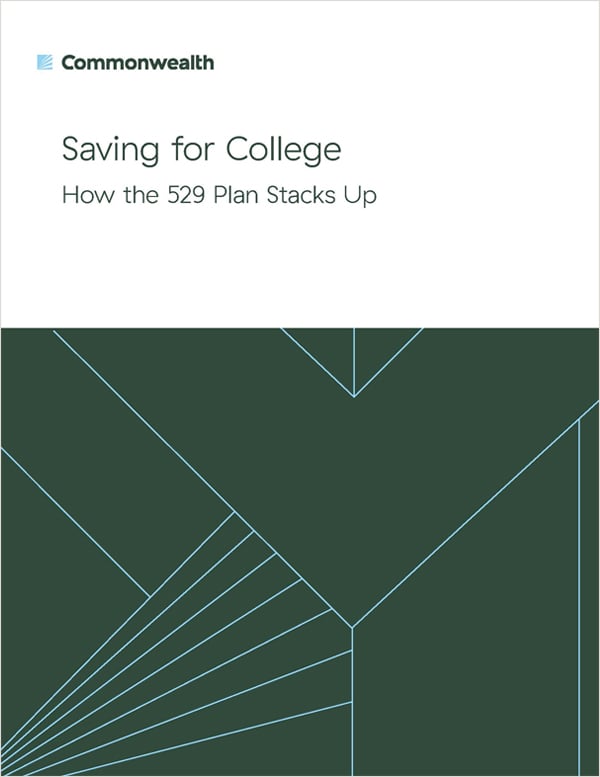Saving for College: How the 529 Plan Stacks Up
Download our free white paper to help identify the right plan for your clients.

Saving to pay for a child’s education can be a daunting prospect—and for many clients, it may be the greatest expense they face. Understanding the nuances of 529 plans and other college savings vehicles is key to helping clients choose the option that fits with their overall financial goals.
Our complimentary white paper offers a side-by-side comparison of college savings vehicles and details the pros and cons of 529 plans, including:
- Income tax benefits
- Gift and estate tax implications
- Impact on financial aid
The fees, expenses, and features of 529 plans can vary from state to state. 529 plans involve investment risk, including the possible loss of funds. There is no guarantee that a college-funding goal will be met. In order to be federally tax free, earnings must be used to pay for qualified education expenses. The earnings portion of a nonqualified withdrawal will be subject to ordinary income tax at the recipient’s marginal rate and subject to a 10 percent penalty. By investing in a plan outside your state of residence, you may lose any state tax benefits. 529 plans are subject to enrollment, maintenance, and administration/management fees and expenses.
